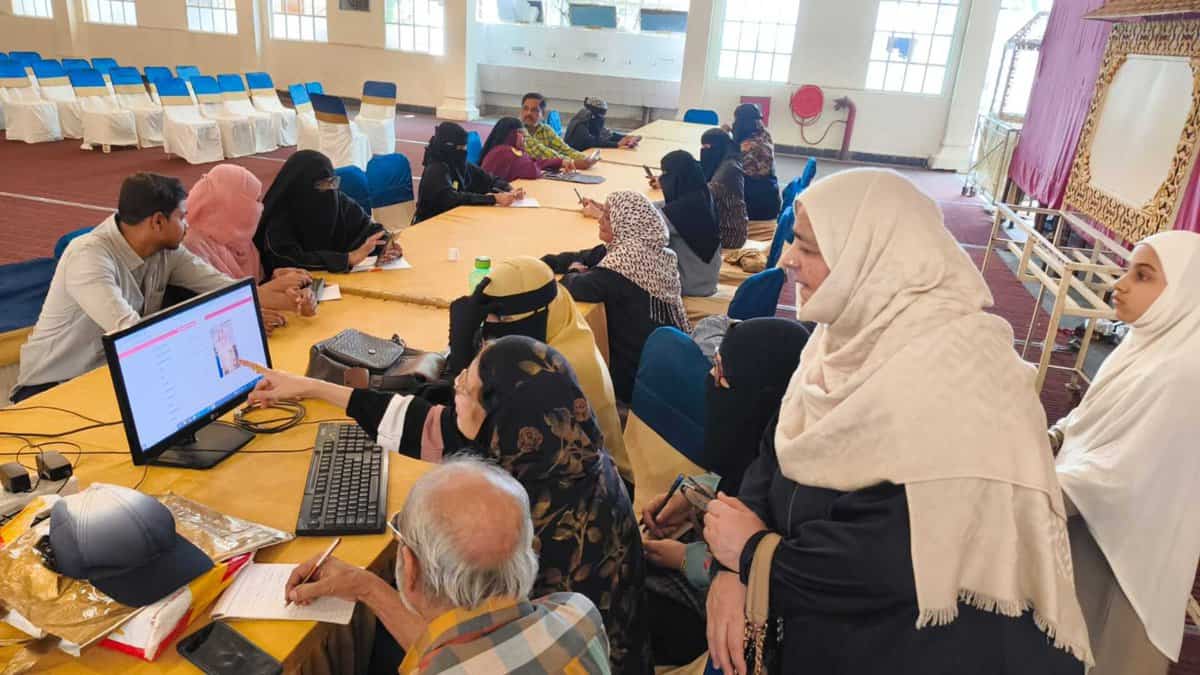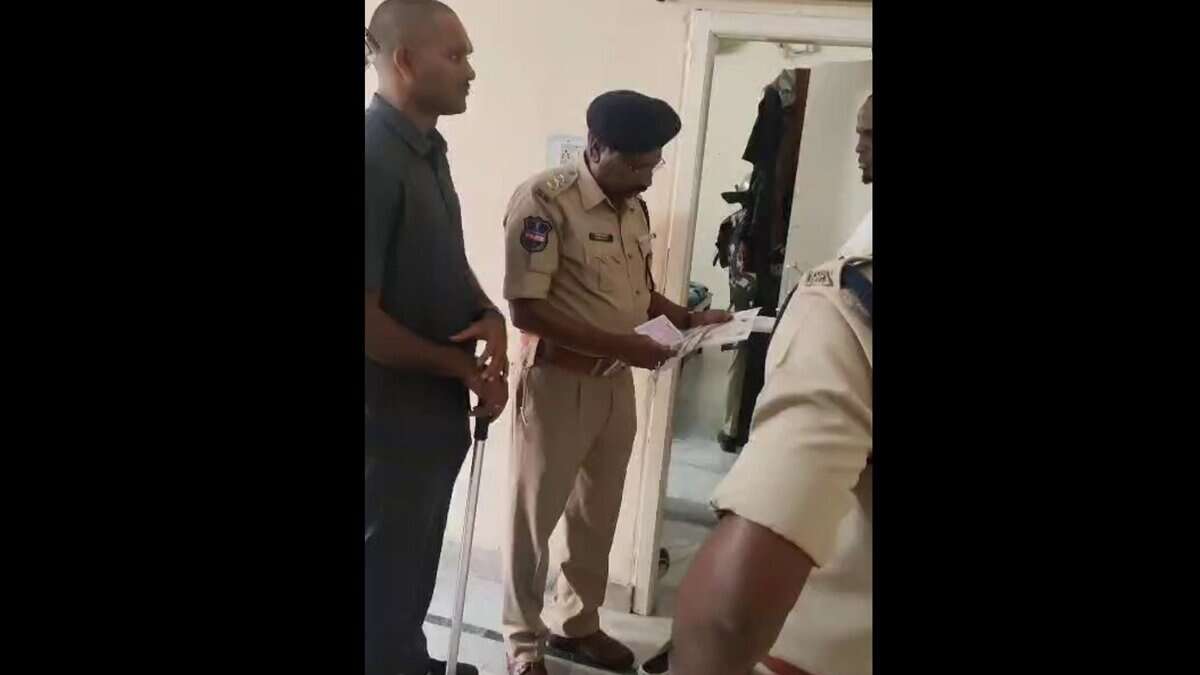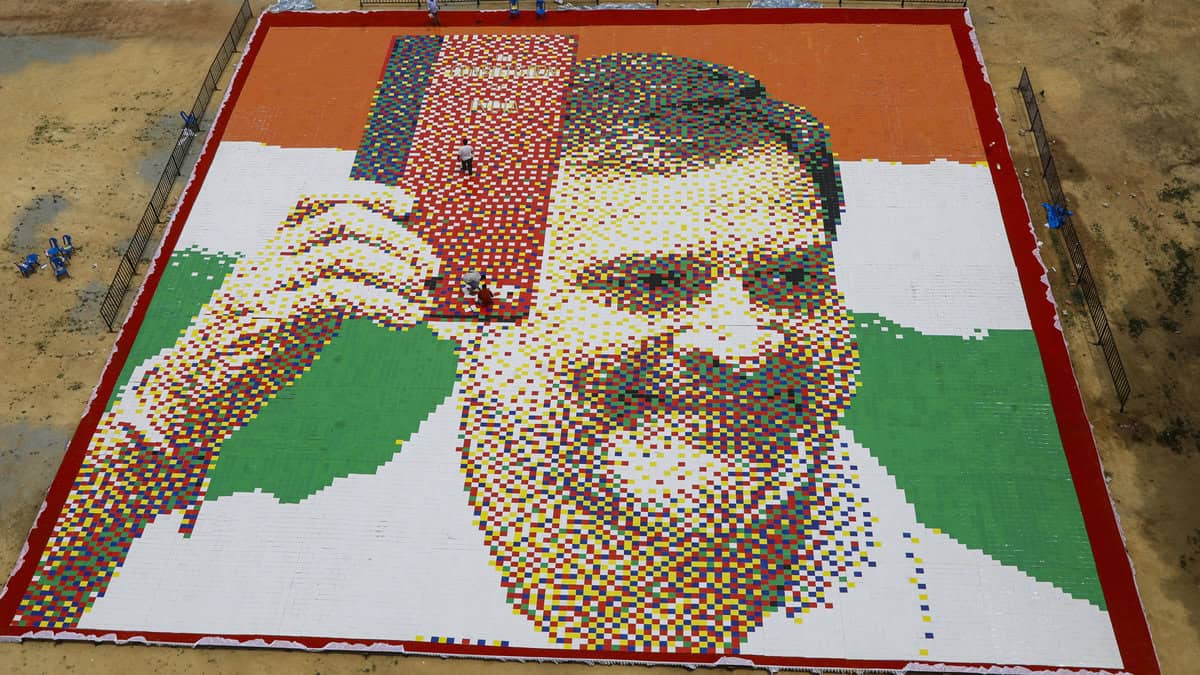Kurkihar is an ancient city and a Buddhist monastery or vihara, according to the famous archaeologist Markham Kitto.
Patna: The Patna Circle of the Archaeological Survey of India (ASI) has sought permission from its headquarters to conduct excavations in Kurkihar village in Gaya district, Bihar. The main aim behind the excavation is to discover archaeological treasures and establish the cultural chronology of the region. Located about five kilometers northeast of Wazirganj in Gaya district, the Kurkihar village is 27 kilometers east of Gaya headquarters and is believed to have once been an ancient city and a site for a Buddhist monastery.
Hidden treasure in Bihar
British Army officer and archaeologist Alexander Cunningham visited Kurkihar in 1861-62 and 1879-80, according to the records of the ASI Patna Circle. Cunningham not only saw large and many small Buddhist statues there, but also observed a large number of votive stupas. Alexander Cunningham, who excavated several sites in India, including Sarnath and Sanchi, was the first Director-General of the ASI.
Several large remnants in Kurkihar
Nayan said, “This site has a massive mound of bricks and the remains of a large monastery. The main mound of Buddhist remnants is about 25 feet high. A proposal in this regard has recently been sent to the ASI (Headquarters).”
Kurkihar is an ancient city and a Buddhist monastery or vihara, according to the famous archaeologist Markham Kitto. Nayan added that the main mound at this site contains Buddhist remnants, including inscriptions along with other artifacts and cultural materials.
226 statues were accidentally discovered
He said, “The famous historian K.P. Jaiswal had mentioned how attention was drawn to this site in 1930 when a group of about 226 bronze statues was accidentally discovered in a mound located in the western part of a local temple.”
The Chief Archaeologist highlighted that the majority of the bronze statues, discovered in Kurkihar, were transferred to prestigious institutions such as the Patna Museum, along with numerous other museums across different nations. This redistribution has allowed for the preservation and study of these significant artifacts. Furthermore, the archaeologist emphasized the rich and expansive architectural legacy of Kurkihar, which remains largely unexplored and demands meticulous excavation to fully understand its historical and cultural importance. Among the findings, several stone sculptures from the Pala period have surfaced, with some of these relics still being revered and actively worshipped in the local temple, reflecting the ongoing cultural significance of the site.















































